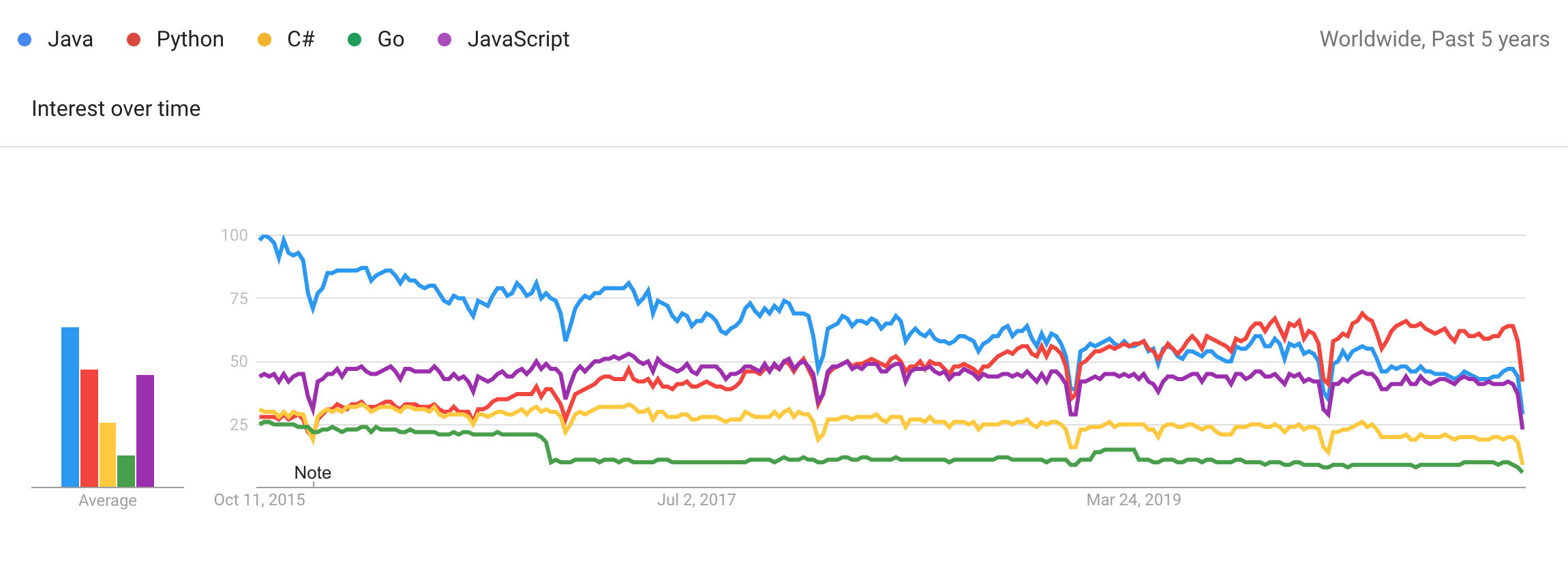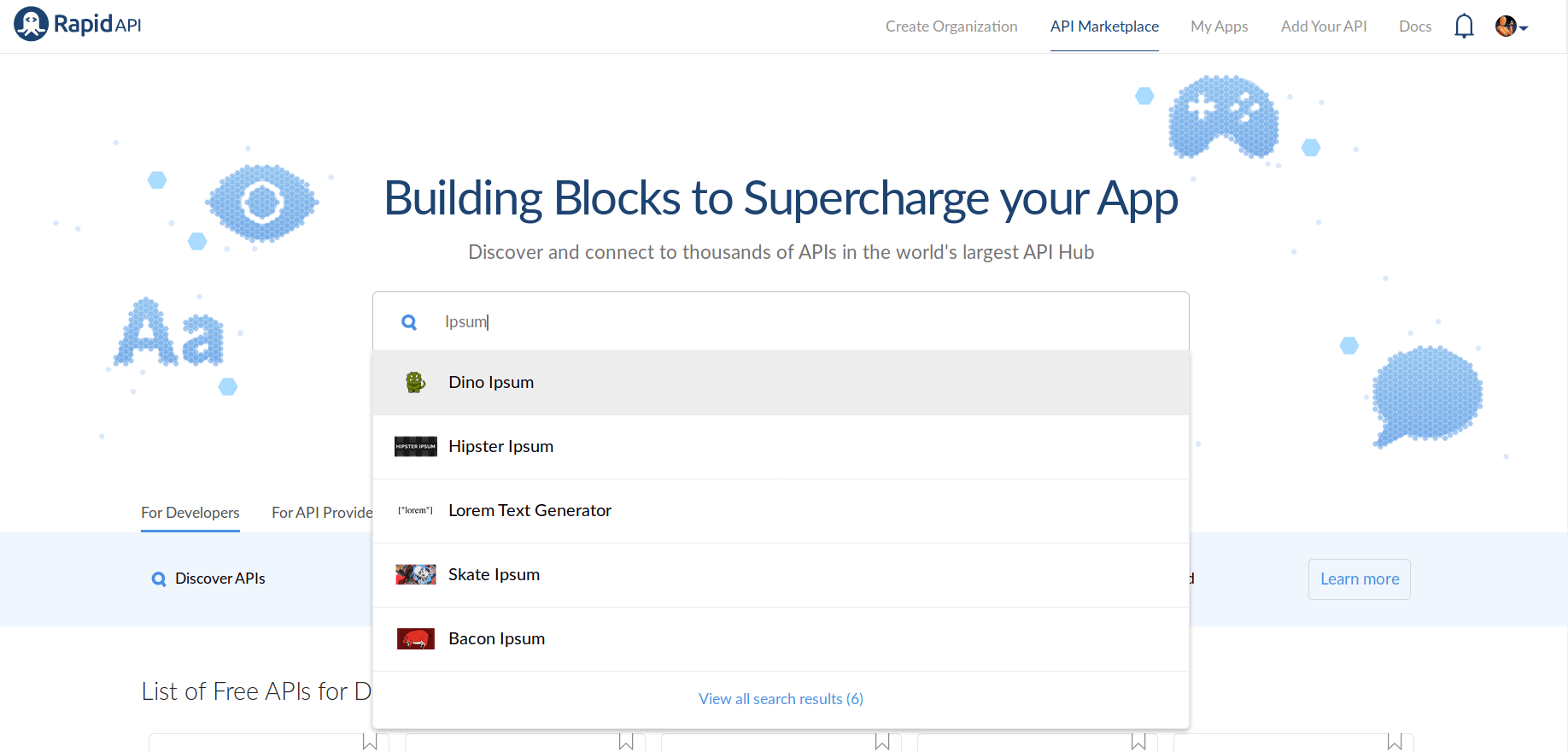

- #Using google trends api python how to
- #Using google trends api python install
- #Using google trends api python code
Year : here it is 2021, we can use any other year but current year is NOT accepted ( Return None ).
#Using google trends api python code
List of countries with code is available here.ĭf = pytrends.realtime_trending_searches(pn='CA') Top searches for the past yearsĭf = pytrends.top_charts(2021, hl='en-US', tz=330, geo='IN') Getting today's trending search using trending_searches() from pytrends.request import TrendReqĭf = ending_searches(pn='india')Ħ Legend Check the output at Google Trends realtime_trending_searches()
#Using google trends api python install
!pip install pytrends Learn more about Google Colab platform. Pip install pytrends Installing Pytrend in Colab
#Using google trends api python how to
How to install Pytrend? In your command prompt enter this line. ModuleNotFoundError: No module named 'pytrends' If Pytrends is not installed, this error message will be displayed. Infodemiological study using google trends on coronavirus epidemic in Wuhan, China.Pytrends Pytrends is the unoffical API for Google Trends.

The utility of “Google Trends” for epidemiological research: Lyme disease as an example.

Nowcasting with Google Trends in an emerging market. You can pass in various optional arguments when you instantiate TrendReq() including the timeout, the tz or timezone offset, a list of proxies if you’re blocked by Google, the number of retries and the host language or hl. From the pytrends.request module import the TrendReq package and instantiate a new TrendReq() object. To get started, open a Jupyter notebook and install the PyTrends package using Pip if you don’t already have it installed. This works well, but as it’s unofficial, it comes with a risk that it may stop working if Google changes the way their data is accessible, so you need to be careful about using it in a production situation. In this project, we’ll look at how you can extract data from Google Trends to either gain insight or use it within models using the excellent PyTrends package. (2020) recently reported using this for examining daily sentiment. They showed that Google Trends data was useful because it wasn’t released with the “lag” seen in other economic metrics. Nowcasting: Carrière‐Swallow and Labbé (2011) used Google Trends data for “nowcasting” in economic models. They found that Google Trends data forecasted the rise of new cases and suggested that national health services use it as an indicator of an incoming rise in patient numbers. They found four main trends: infectious diseases (27% of papers), mental health and substance abuse (24% of papers), non-communicable diseases (16% of papers), and general population behaviour (39% of papers).Ĭoronavirus: Strzelecki and Rizun (2020) examined searches for “coronavirus”, “sars”, and “mers”, and were able to identify the peaks in infection from search volumes, and identify the most affected regions. (2014) covered 70 medical studies that used Google Trends data for healthcare surveillance. They were able to use data on searches for “lyme disease” to plot the areas in which Lyme disease was endemic and people were most at risk from infection. (2010) used Google Trends data in epidemiological research monitoring the spread of Lyme disease, a potentially life threatening tick-borne infection. Here’s a selection of some recent use cases from various papers: The use of data from Google Trends in models isn’t a new thing and it’s been used in a number of different research fields, from finance to healthcare. This not only provides useful insight on the best keywords to use in content or the best products to promote, but the underlying data can also be used by data scientists within predictive models. Google Trends data has long been used by those who work in ecommerce and marketing, as it gives you pointers on the terms people use and the changes in their popularity over time. For many years, Google has made some of this search data available to browse via the Google Trends website, which allows you to plot the change in different search queries over time. The things we search for online can reveal a remarkable amount about us, even when viewed in aggregate on an anonymous level.


 0 kommentar(er)
0 kommentar(er)
